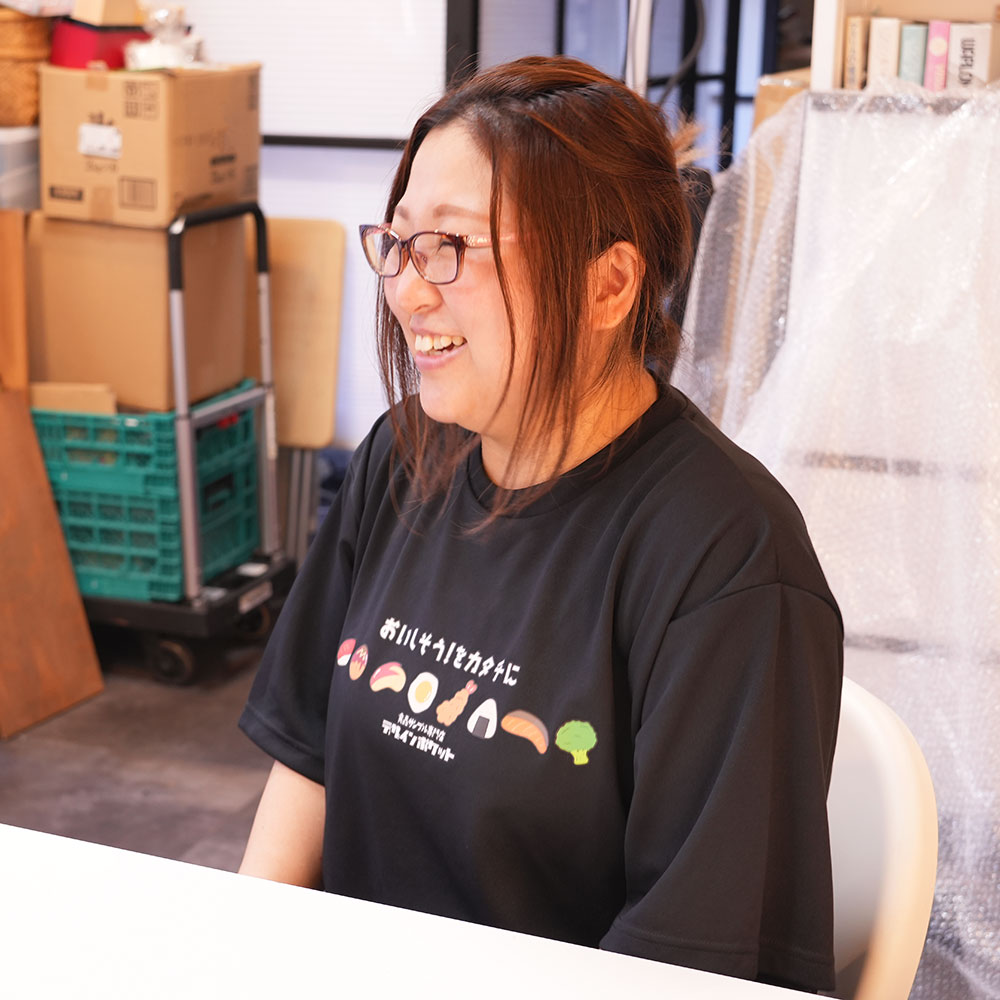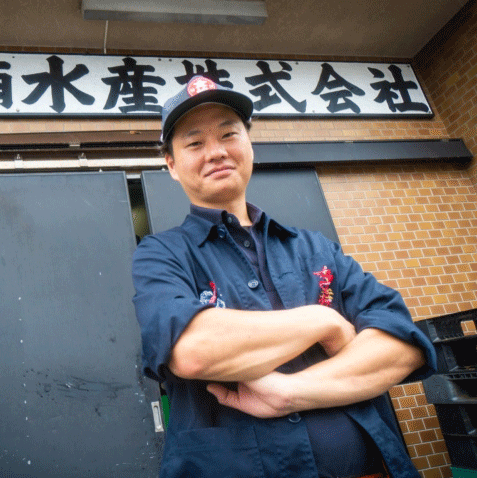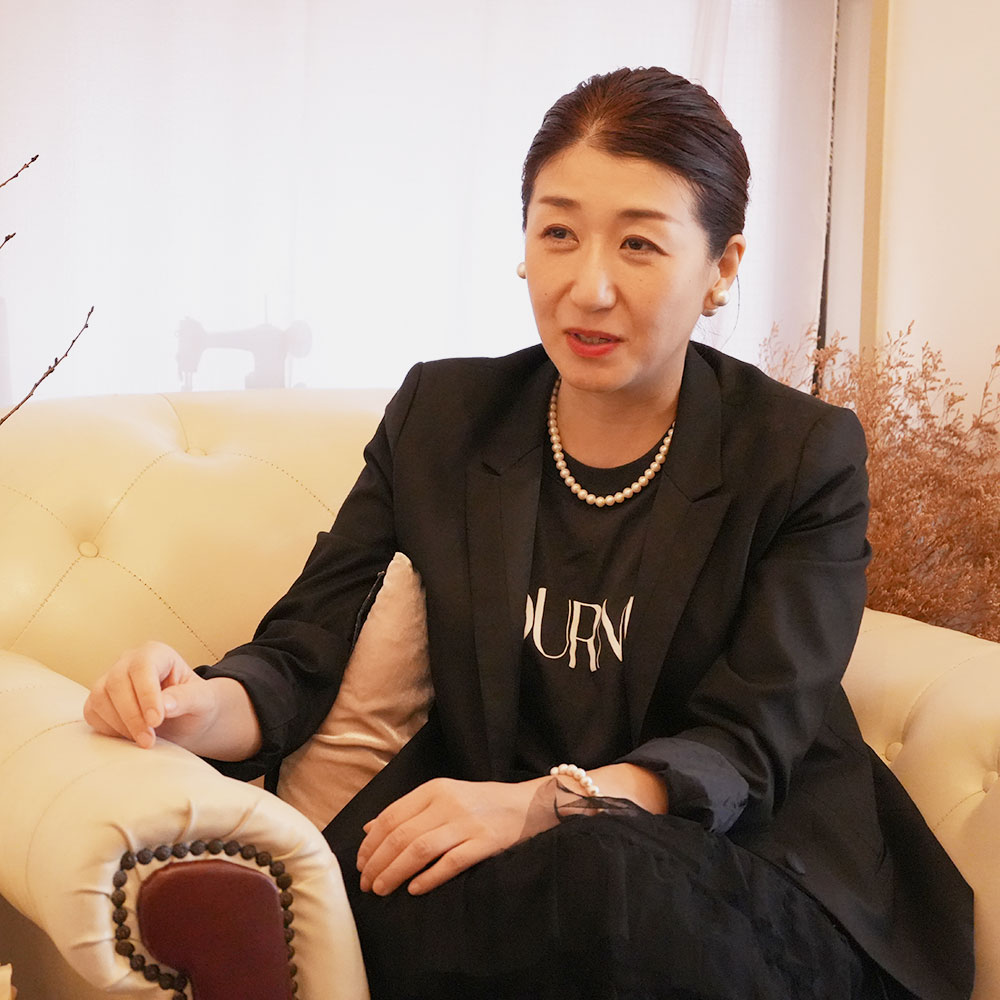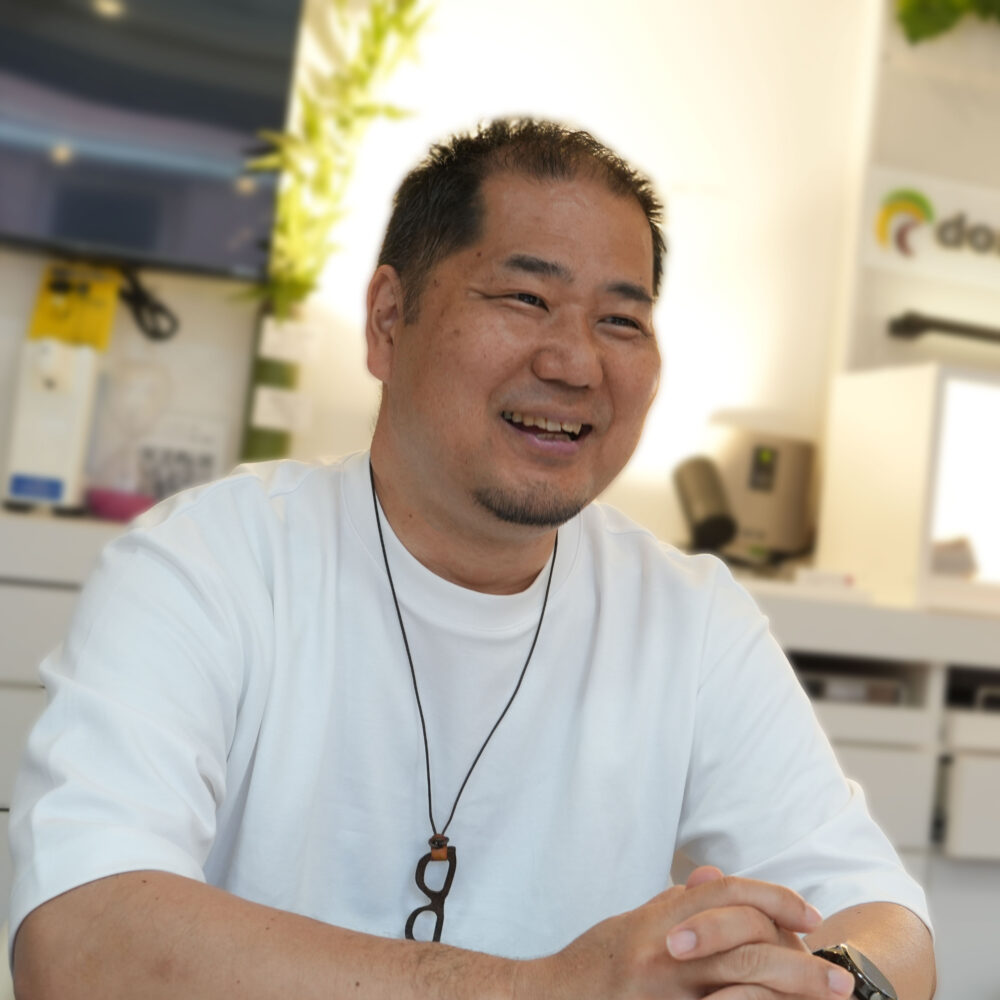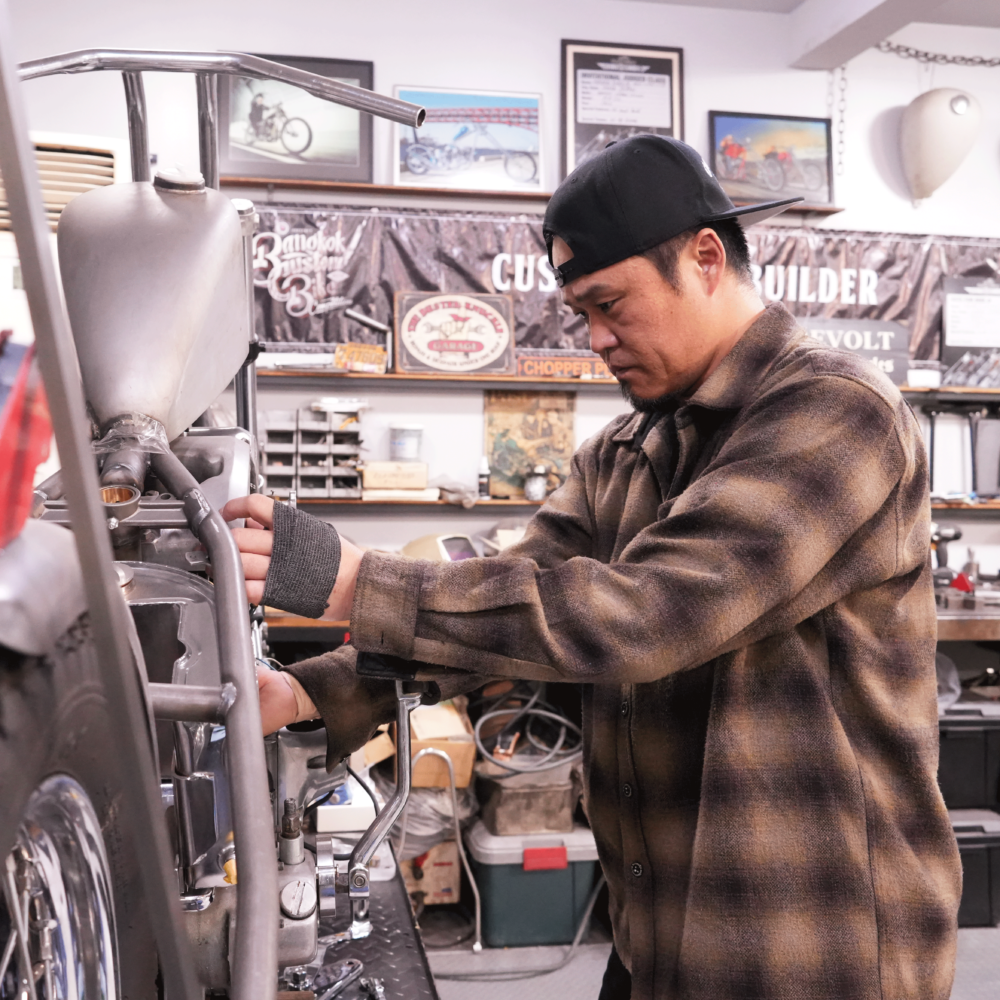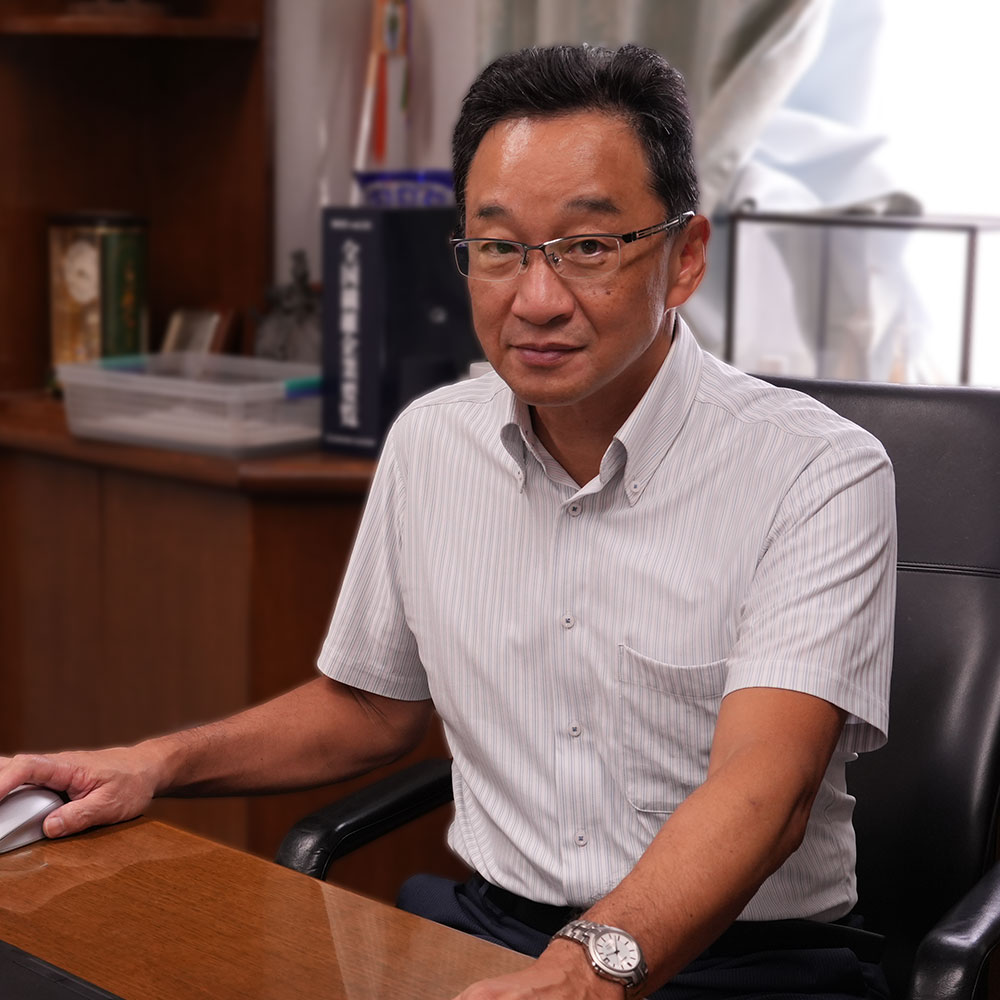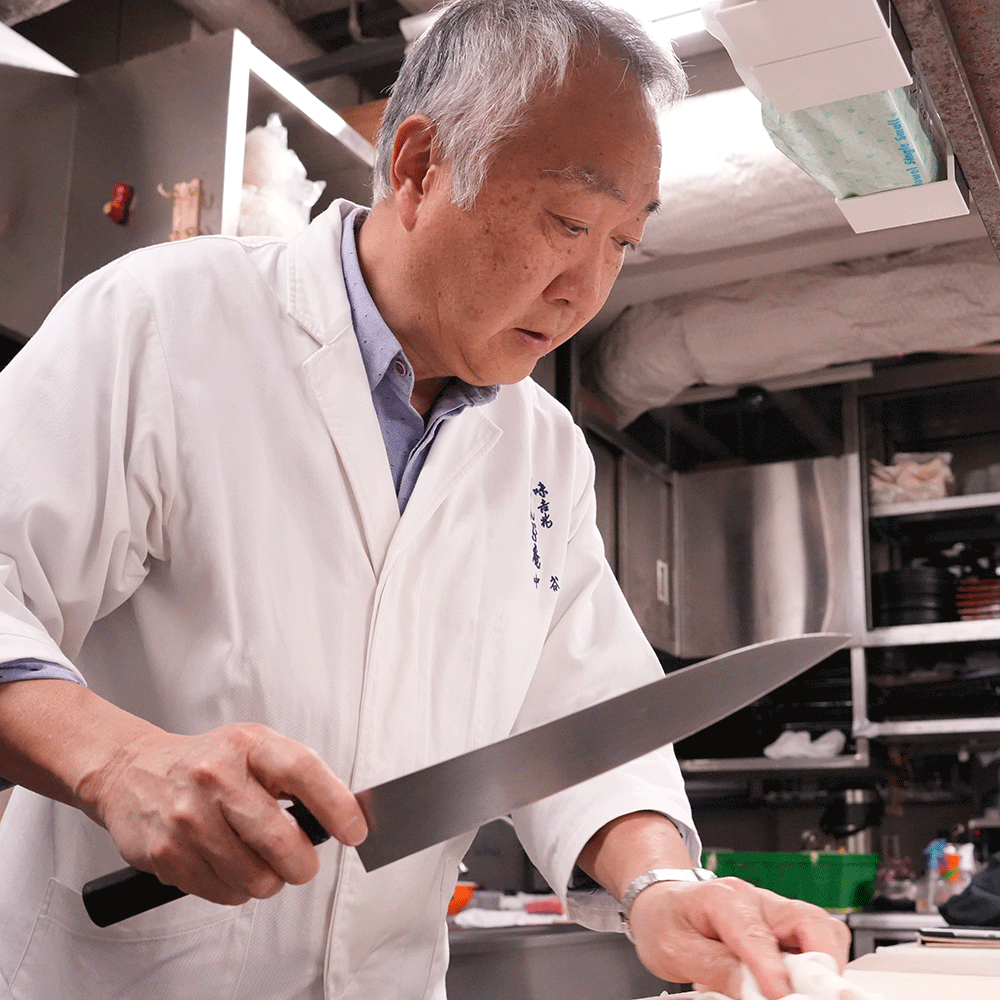Creating pottery with freedom beyond traditional ideas: The Fusion of Craft and Art in “Flame-Inspired Pottery”
- Other manufacturing
- Unique Products & Services
- Connecting with People
- Creative
Osaka
CRAFT ARTS 天(ten) has been in operation for 15 years. It is a pottery brand run by two ceramic artists: Kaneko Muto, with 50 years of experience, and Kaneko Yayoi, with 25 years of experience. The couple has chosen to work exclusively together, producing all their pieces collaboratively instead of pursuing individual artistic endeavors. Interestingly, while their cat is named "Ten," the brand name was actually decided before the arrival of their feline companion.
In this article, we explore the story behind the founding of CRAFT ARTS 天(ten) and the couple's dedication to their craft and products.

PROTAGONIST
Kaneko Yayoi/Kaneko Muto陶芸家
Pottery Orders Plummeted During the COVID-19 Pandemic
CRAFT ARTS 天(ten) is known for its pottery crafted from clay that can withstand direct flames. The brand primarily relies on an e-commerce platform for made-to-order sales and does not operate a physical store. There is a reason behind this approach:
“Running a physical store would tie us down with concerns like operating hours and staffing. Instead, we prefer a setup where we can focus freely on creating our works at our own pace,” explains Yayoi Kaneko.
To achieve this, they sell their products online while also participating in exhibitions to offer their works directly to customers. During summer, their exhibition activity is limited, but in other seasons, they showcase their “Flame-Inspired Pottery” brand at a pace of one to two exhibitions per month.
Muto originally worked as an independent ceramic artist for many years. After marrying his wife, who had been his apprentice, they began collaborating on pottery creations.
“In the early days, we were based in the Karahori area of Osaka and focused on fulfilling custom orders from restaurants. Alongside creating bowls, miscellaneous items, and pottery for various uses, we also ran a pottery class. However, a sudden fire forced us to relocate. After moving through the Higashiyodogawa Ward, we eventually settled in Misaki Town, Sennan District, where we now run our workshop,” explains Yayoi Kaneko.
In their new location, the small population made it challenging to hold pottery classes. For a while, they concentrated solely on custom production for restaurants. However, Muto’s desire to create pieces that he truly loved grew stronger, leading them to gradually participate in exhibitions. Unfortunately, just as they were about to start participating in exhibitions, the impact of the COVID-19 pandemic caused restaurants to stop operations, resulting in a sharp decline in pottery orders.
The Launch of the Brand “Flame-Inspired Pottery”
When orders from restaurants dried up, there was a simultaneous rise in demand for “home-cooked meals,” drawing attention to CRAFT ARTS 天(ten)’s clay pots.
“People who had never cooked rice in a clay pot before began thinking, ‘Maybe I should give it a try.’ After that, requests started pouring in, and we suddenly had numerous opportunities to showcase our products at exhibitions, department stores, and galleries. Around that time, we thought it would be good to have a theme for our products, and that’s how ‘Flame-Inspired Pottery,’ designed for direct flame use, came to life,” explains Yayoi Kaneko.
Many types of clay used in ceramics tend to crack when exposed to direct flames. However, the “Flame-Inspired Pottery” collection is designed to be used not only on open flames but also in ovens. This versatility, including clay plates for grilling meat, has been well-received.
At CRAFT ARTS 天(ten), the balance between craft and art is of utmost importance. They believe that true value lies in the coexistence of practical usability and visual beauty.
“We aim to create pieces that naturally blend into the daily lives of those who use them, while also enriching their hearts just by looking at them. Craftsmanship requires a focus on usability, but if we lean too far into art, the pieces may be beautiful yet impractical. We strive to preserve both the functionality of craft and the beauty of art,” explains Yayoi Kaneko.
The pottery from CRAFT ARTS 天(ten) emphasizes ease of use during cooking and dining. Made from specially crafted clay that withstands direct flames, the pieces are practical and visually appealing, thanks to their meticulously executed designs.
“I’m not the type to keep making the same thing over and over. Breaking conventional thinking, constantly taking on new challenges, and freely creating something interesting—that’s where I find the most fulfillment. Making something that I enjoy myself is the greatest reward,” says Muto Kaneko.
The unique texture created through their hand-finishing process is a hallmark of CRAFT ARTS 天(ten). Each piece becomes a one-of-a-kind treasure for its owner.
Creating products by temporarily stepping away from fixed ideas
Typically, in pottery making, the formed piece is dried, then bisque-fired before applying glaze and undergoing the final firing. However, at CRAFT ARTS 天(ten), the bisque-firing process is omitted. Instead, glaze is applied directly to the shaped clay. This approach requires advanced techniques, as the absence of bisque-firing makes the clay more prone to deformation during glazing.
“There is a risk of cracking, but the way the glaze flows and creates accidental patterns adds a unique charm. These effects cannot be achieved with standard methods. Nowadays, bisque-firing is considered the norm, but that’s just another conventional mindset. Skipping bisque-firing poses no issues for the piece itself. It’s simply a step designed to make the process easier for the creator. In fact, in the past, it was common not to bisque-fire at all,” explains Muto Kaneko.
Furthermore, traditional clay pots usually have a component called “ki” to support the lid. However, the clay pots from CRAFT ARTS 天(ten) lack this feature. By breaking free from conventional thinking, they create quirky clay pots that can double as decorative items when not in use. These clay pots emerge from a freedom of thought unbound by traditional norms. It is this whimsical charm, born from rejecting conventions, that embodies the essence of CRAFT ARTS 天(ten)’s craftsmanship.
At CRAFT ARTS 天(ten), an electric kiln is used for firing their pieces. Electric kilns offer the advantages of precise temperature control and consistent results. This is particularly important for flame-resistant items like clay pots, where temperature management is crucial to maintaining quality and stability.
“In the pottery world, electric kilns are often considered the lowest tier. Wood-fired kilns definitely have more appeal—they look cooler, don’t they? On TV, you often see potters carefully adjusting the flames while peeking into a wood kiln. With an electric kiln, you just flip a switch to control the heat. But I believe what’s important isn’t how you fire the pieces, but what you create. At CRAFT ARTS 天(ten), we focus on the glaze and clay instead. When I told other ceramic artists that we fire our pieces in an electric kiln, they were surprised we could achieve this level of quality,” explains Yayoi Kaneko.
Even with an electric kiln, CRAFT ARTS 天(ten) maintains the warmth and charm of traditional pottery. Through meticulous handcrafting, they achieve a quality that rivals the textures produced by gas or wood-fired kilns.
I want to freely create products that I find interesting.
“I want to freely create pieces that I find interesting. Rather than being confined to traditional shapes like circles or squares, I aim to develop entirely new designs that have never been seen before. By doing so, I hope to offer users the joy of discovering something fresh and unique,” says Muto Kaneko.
Muto’s workspace is filled with numerous notes where he jots down ideas as soon as they come to mind. He enjoys the process of turning these ideas into tangible forms.
In the past, their work primarily consisted of custom-made orders, but now they have shifted to a style where they propose pieces based on their own sensibilities, without detailed instructions from clients.
“Recently, we’ve noticed more customers who are open to accept them even if their shape is slightly different. Thanks to these clients, we’ve been able to embrace a freer and more personal approach to our craft,” explains Yayoi Kaneko.
The pottery showcased at their workshop features distinctive shapes, reflecting an approach that defies conventional frameworks. This originality is what makes CRAFT ARTS 天(ten) truly captivating.
While CRAFT ARTS 天(ten) has primarily operated within Japan, their exhibition in Okayama attracted significant interest from European customers, including those from France and Spain. Additionally, an online shop specializing in Japanese pottery once purchased a large quantity of their products for resale in China. Their clay pots, in particular, gained popularity among affluent Chinese customers, praised for their unique and unparalleled designs.
“That person bought our pottery in bulk and resold it in China. However, their business seems to have faced difficulties recently, and unfortunately, we’ve lost contact with the person” says Yayoi Kaneko.
Although there was a glimpse of expanding into the Chinese market, it did not lead to further opportunities. Nevertheless, the fact that CRAFT ARTS 天(ten)’s products were well-received in China suggests significant potential for future international expansion.
“We are interested in the overseas market, but we want to proceed at our own pace. I believe this approach will allow us to create even better pieces. Even now, my favorite moment is opening the kiln to see how the pieces have turned out,” says Muto Kaneko.
The pottery of CRAFT ARTS 天(ten) is both free-spirited and innovative. Its designs break free from conventional norms while maintaining practicality, earning the trust of their loyal customers. Their uniqueness and appeal seem poised to garner support both domestically and internationally.
INFORMATION

Pottery Artist
At CRAFT ARTS 天(ten), we are a husband-and-wife team creating pottery in Misaki Town, located at the southernmost tip of Osaka, surrounded by the sea and mountains.
Our philosophy is to break free from the idea of "must-haves" in craftsmanship. For example, most donabe (earthenware pots) have a "ki" (the rim that supports the lid), but is it really necessary? If a donabe cooks delicious rice and prevents boil-overs, isn't that enough?
By letting go of conventional assumptions, we create unique and endearing donabe and tableware with distinctive designs and organic forms—pieces you’ll want to display even when not in use. These vessels make cooking an even more enjoyable experience.
- Founded in
- -
- No. of employees
- -
- Website
- http://www.xn--ten-7d8e.com/
- Writer:
- GOOD JOB STORY 編集部




